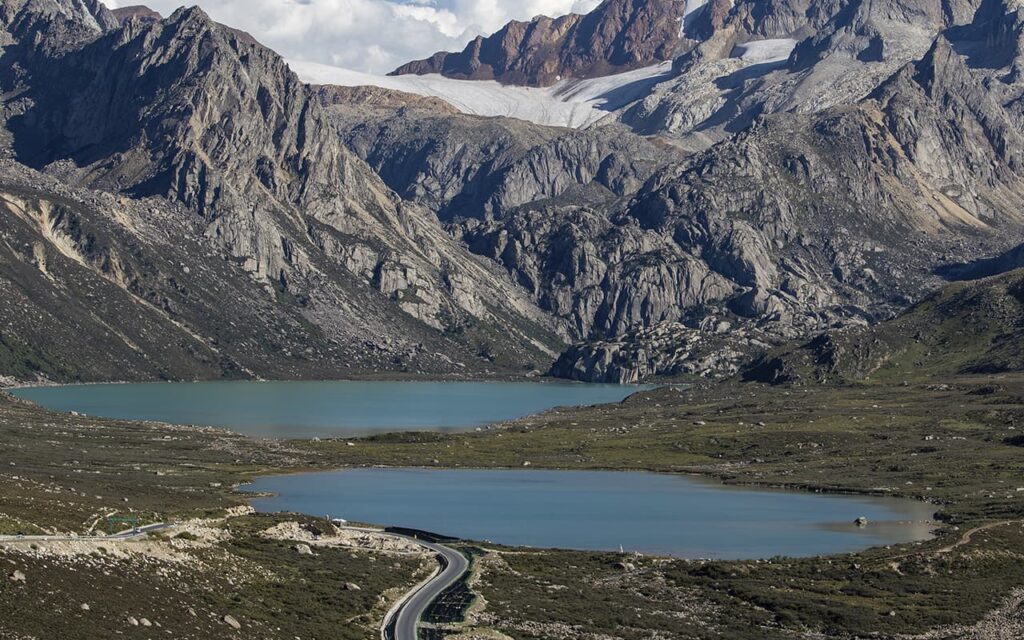Plitvice Lakes are a cascade of 16 lakes connected by straits and waterfalls. It is a real treasure of Croatia and one of the most beautiful places in Europe. The National Park Reserve, where the lakes are located, covers an area of 300 square kilometers and is the largest in the country.
The park is located in the valley of the Korana River, in the basin of the Dinaric Highlands. The main objective of the reserve is to preserve the fauna, unique landscape and vegetation. Every year Plitvice Lakes are visited by 1.2 million people.
According to scientists, Plitvice Lakes are more than 4000 years old. But the area was discovered and described only 400 years ago. The Plitvice Lakes region received the status of the National Park in 1949, and in 1979 it was included in the UNESCO World Heritage List.
Plitvice Lakes are divided into two groups – upper and lower. The upper ones lie in a dolomite valley surrounded by dense forests. Roe deer, bears, wild cats, lynxes, wolves, etc. live here. The lower lakes are located on a limestone cliff and are small in size. The water in the reservoirs strikes with its bright emerald-blue color. This color is due to the presence of bacteria and algae, as well as a high content of calcium carbonate.
Upper:
- Koziak.
- Prošće;
- Ciginovac;
- Mali Jovinovac;
- Okrugljak;
- Golovac;
- Veliki Jovinovac;
- Milino Lake;
- Vir;
- Gradinsko;
- Batinovac;
- Veliki Burget;
Lower:
- Milanovac;
- Kaludjerovac,
- Havanovac;
- Novakovića Brod.
The lakes are arranged down one after another and extend for 5460 meters. The largest and deepest lake is Kozjak, which is about 3 km long and 47.6 m deep. The second largest and the highest lake is Prošće, located at an altitude of 636 meters above sea level. This lake is fed by two rivers – Bijela and Crna. The lowest lake is called Novakovica Brod, and it lies at 503 meters above sea level. The end of the chain of lakes ends with the Sastavci waterfall, which spews a stream of water from a height of 72 meters into the Plitvica and Korana rivers.
In addition to waterfalls and lakes, there are 36 other caves in the National Park. The most famous are Golubnjaca and Mrazna. The cave fauna is represented by bats, crustaceans and insects.
Climate and weather in Plitvice Lakes
This area has a special microclimate, as the lakes are located at the junction of two climatic zones: maritime and continental. The air temperature here is 3-4 degrees lower than on the Adriatic coast. Precipitation and cloudy weather are often observed here. During rains, the temperature difference can be 15 degrees. In winter, Plitvice Lakes freeze, there is a lot of snowfall. Therefore, for visiting it is better to choose the time from April to November.
How to get to Plitvice Lakes
You can get to the National Park from any resort town by shuttle bus, cab, rented car or excursion, which are provided by all agencies and many resort hotels in Croatia. Check the cost of bus tickets on the websites of bus stations. By the way, you should buy them in advance, otherwise, when you arrive at the bus station, you are unlikely to leave – tickets are sold out very quickly.
